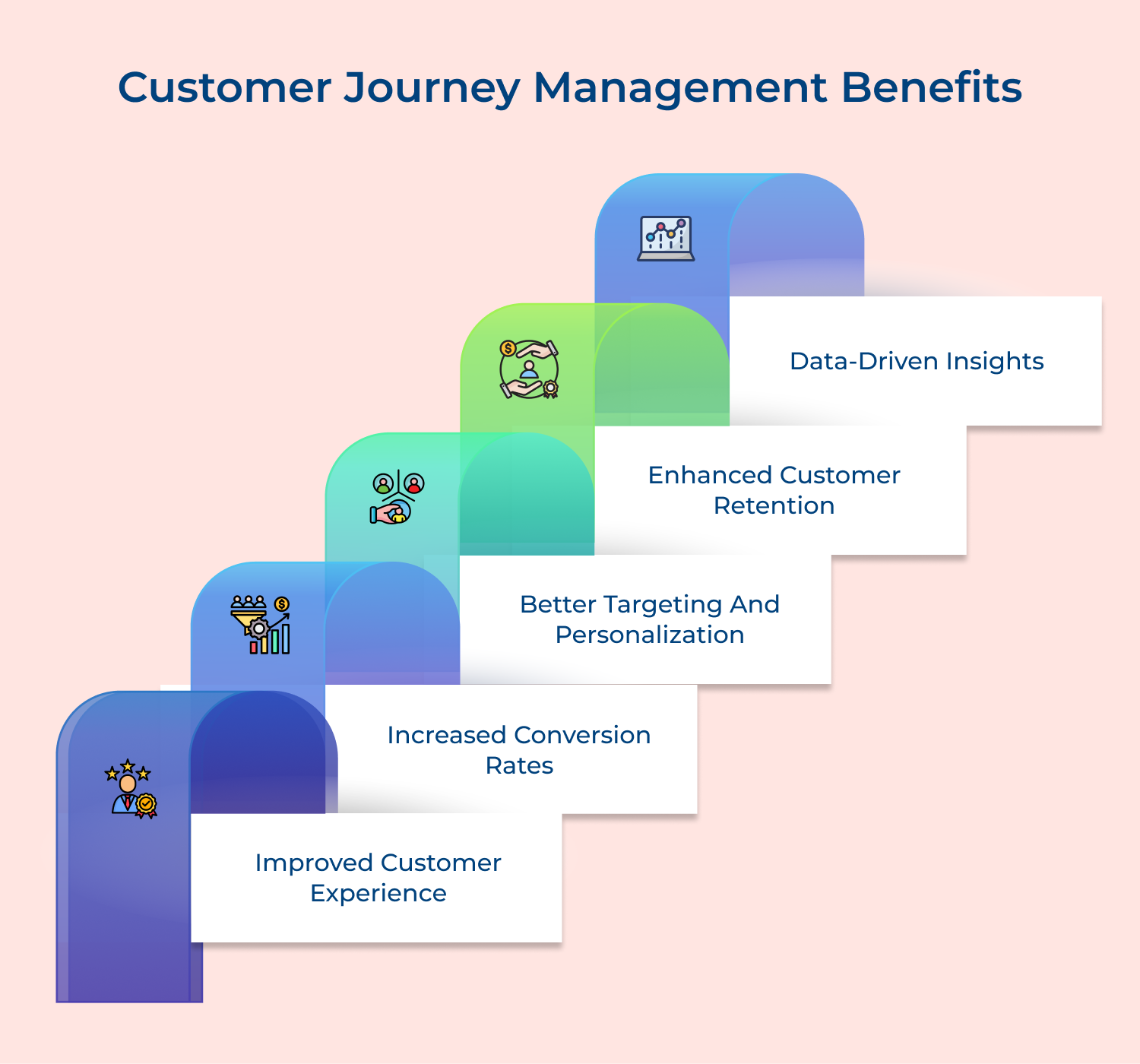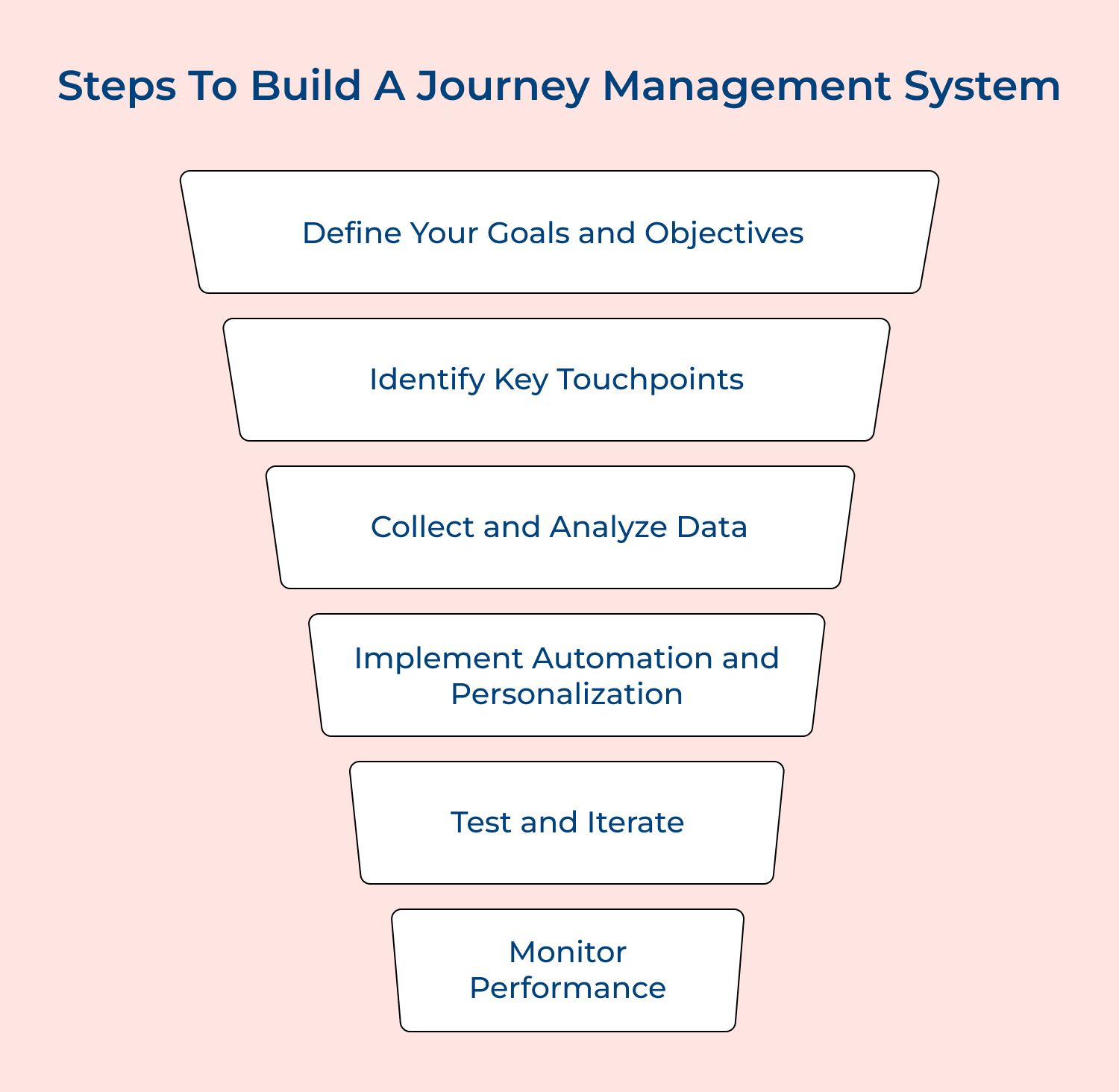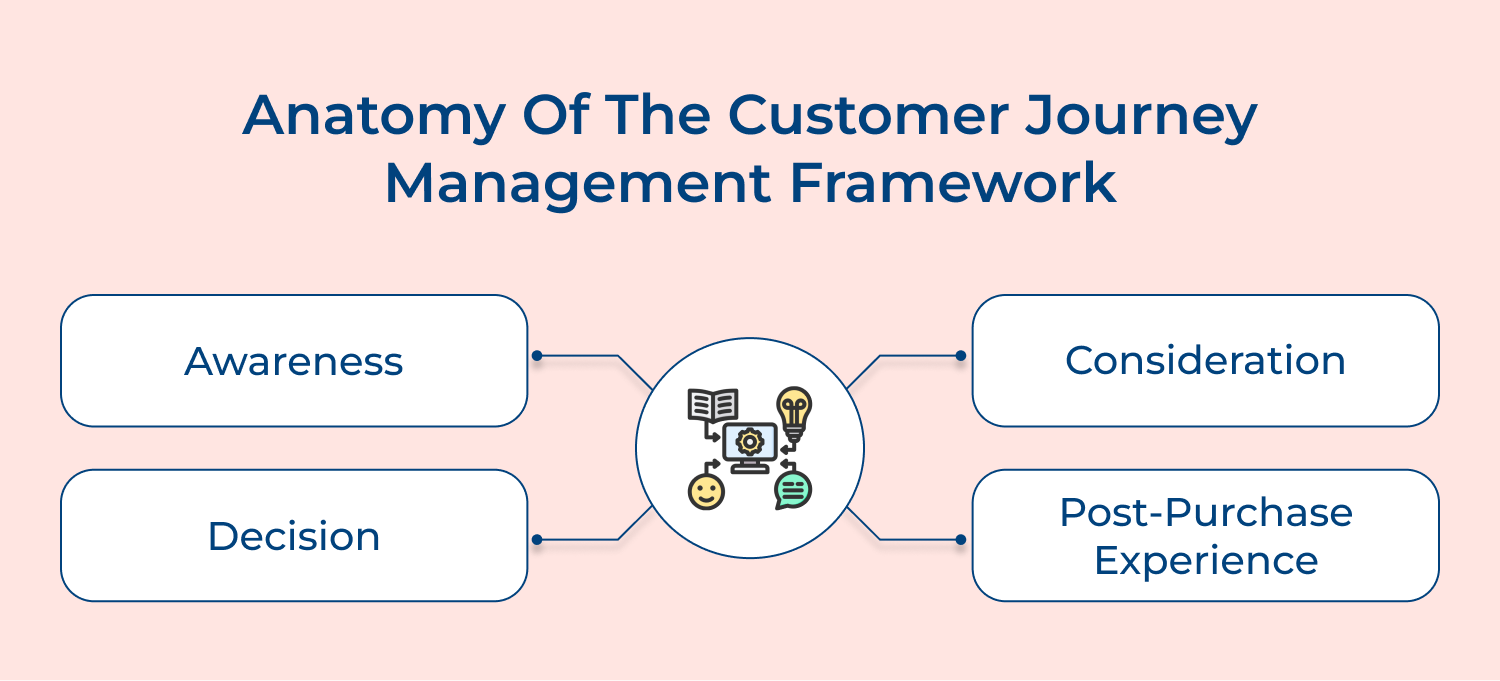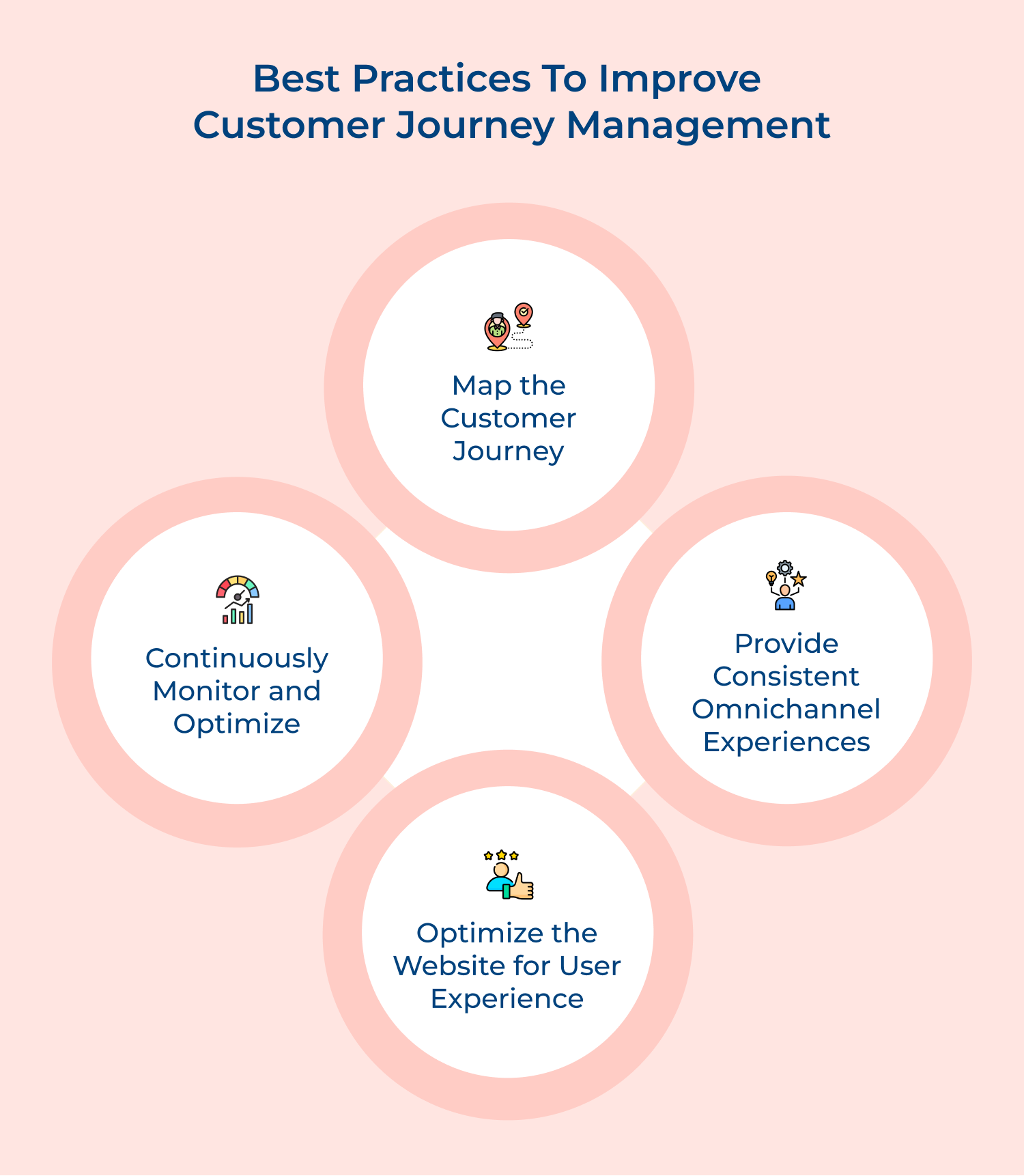The first step in improving customer journey management is to define and map out the customer journey. This involves identifying all touchpoints where customers interact with your brand, such as social media, website, email and customer service.
- Provide Consistent Omnichannel Experiences
Customers interact with brands through multiple channels such as social media, email, websites and mobile apps. It’s crucial to provide a seamless and consistent experience across all these channels.
- Optimize the Website for User Experience
The website is often the first point of contact for customers, so it’s important to optimize it for user experience. This includes making sure the website is mobile-friendly, easy to navigate and loads quickly.
- Continuously Monitor and Optimize
Customer behavior and preferences are constantly evolving, so it’s important to continuously monitor as well as optimize the customer journey. Use analytics tools to track key performance indicators and identify areas that need improvement.
Improve Performance of Organization with Customer Journey Management
Implementing Customer Journey Management can greatly improve the overall performance of your organization. By understanding your customers’ needs and behavior at each touchpoint, you can tailor your marketing strategies as well as offerings to better meet their expectations. This results in increased customer satisfaction, loyalty and ultimately, higher revenue for your business.
Having the right tools and techniques, you can optimize the customer journey to ensure an enjoyable experience for your customers, leading to long-term success for your organization. Make Customer Journey Management a priority in your business strategy today.









